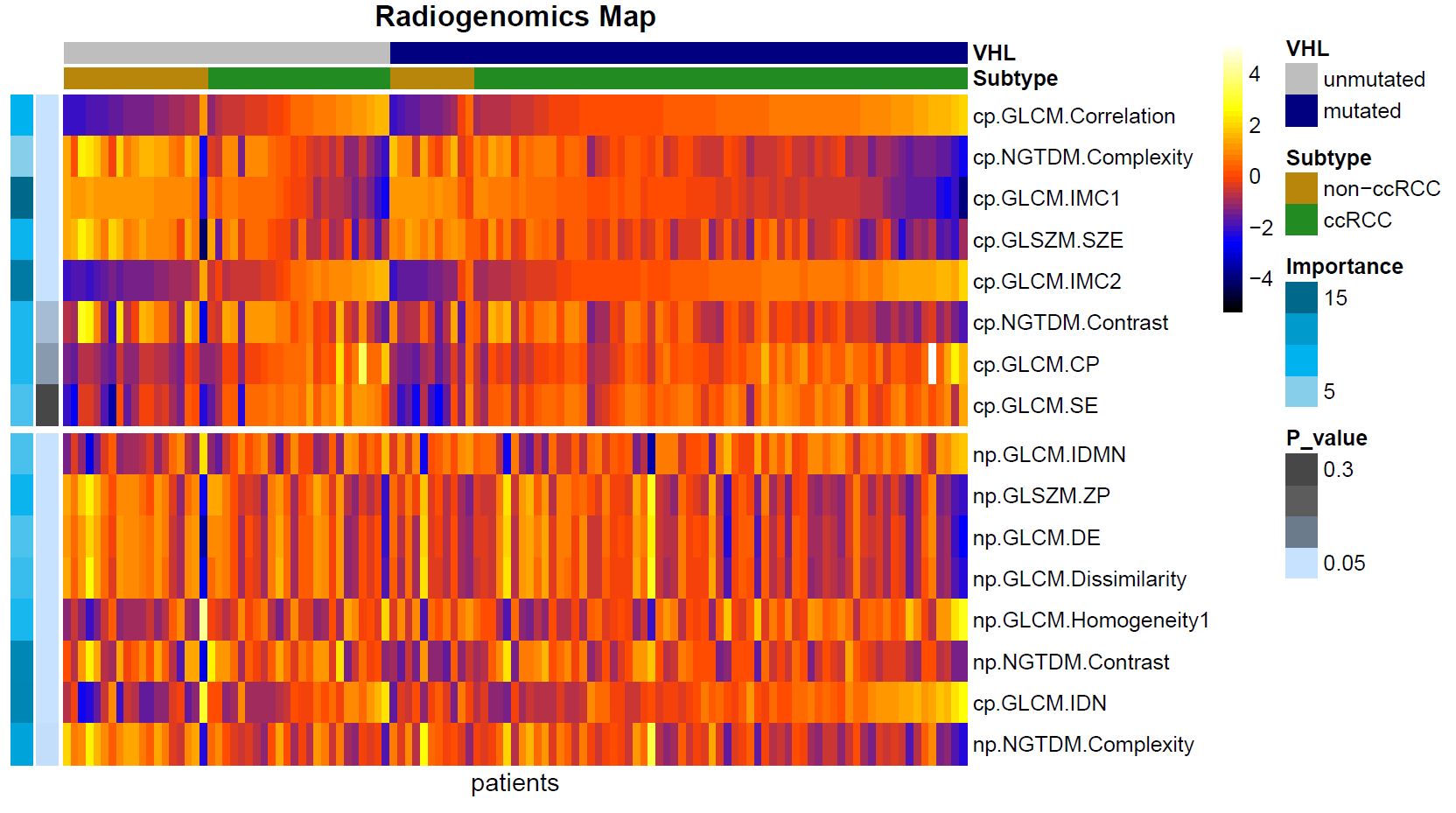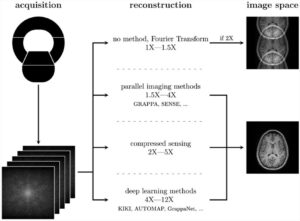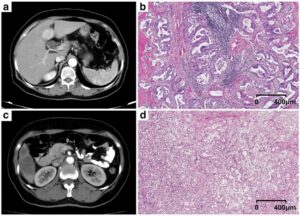The main goal of this retrospective two-center study was to develop a radiomics model with all-relevant imaging features from multiphasic computed tomography (CT) for differentiating clear cell renal cell carcinoma (ccRCC) from non-ccRCC. The authors also set out to investigate the possible radiogenomics link between the imaging features and a key ccRCC driver gene—the von Hippel-Lindau (VHL) gene mutation. Using random forest from a training cohort (170 patients), the authors built one model with all relevant features, one with minimum redundancy maximum relevance (mRMR) features, and a model combining all-relevant features and clinical factors (sex, age). The three models were then tested on an independent validation cohort (85 patients) with ROC curves analysis which led to a conclusion that all relevant features in corticomedullary phase CT can be used to differentiate ccRCC from non-ccRCC.
Key Points
- All-relevant features in corticomedullary phase CT can be used to differentiate ccRCC from non-ccRCC with high accuracy.
- Most RCC-subtype-discriminative CT features were associated with the key RCC-driven gene—the VHL gene mutation.
- Radiomics model can be more accurate and interpretable when the imaging features could reflect underlying molecular basis of RCC.
Authors: Zhi-Cheng Li, Guangtao Zhai, Jinheng Zhang, Zhongqiu Wang, Guiqin Liu, Guang-yu Wu, Dong Liang, Hairong Zheng













